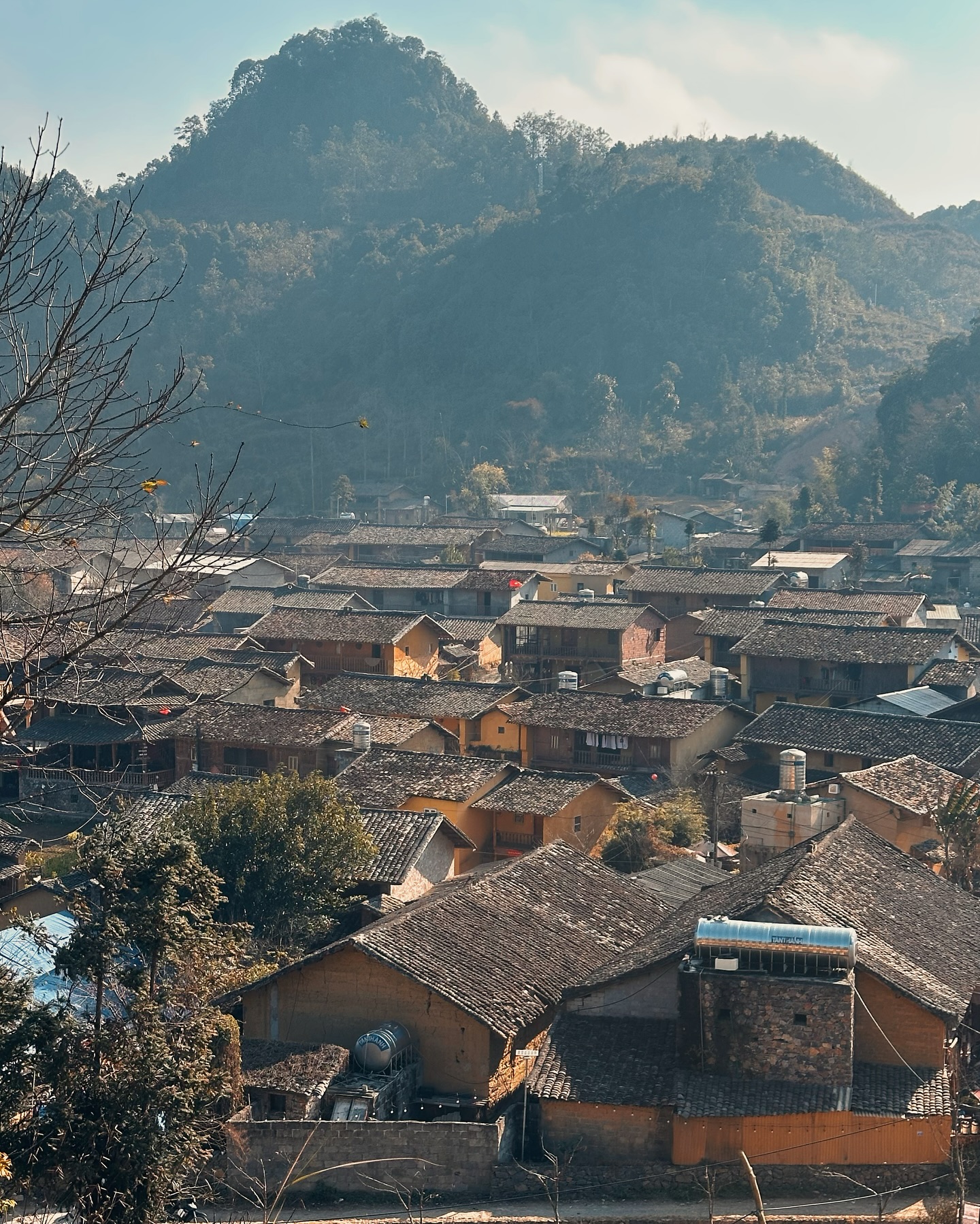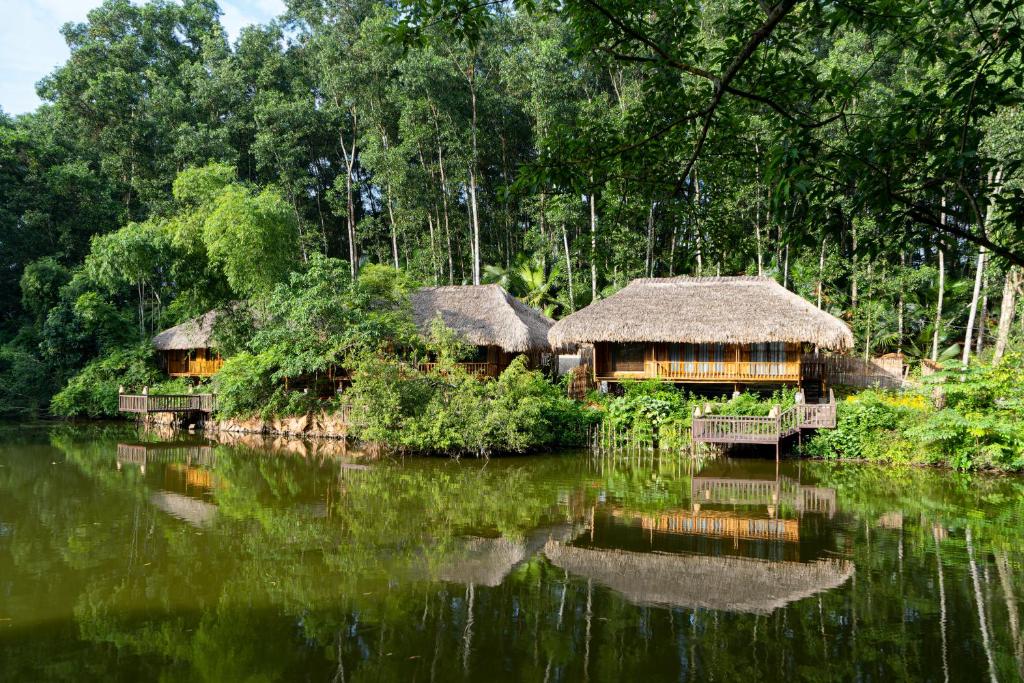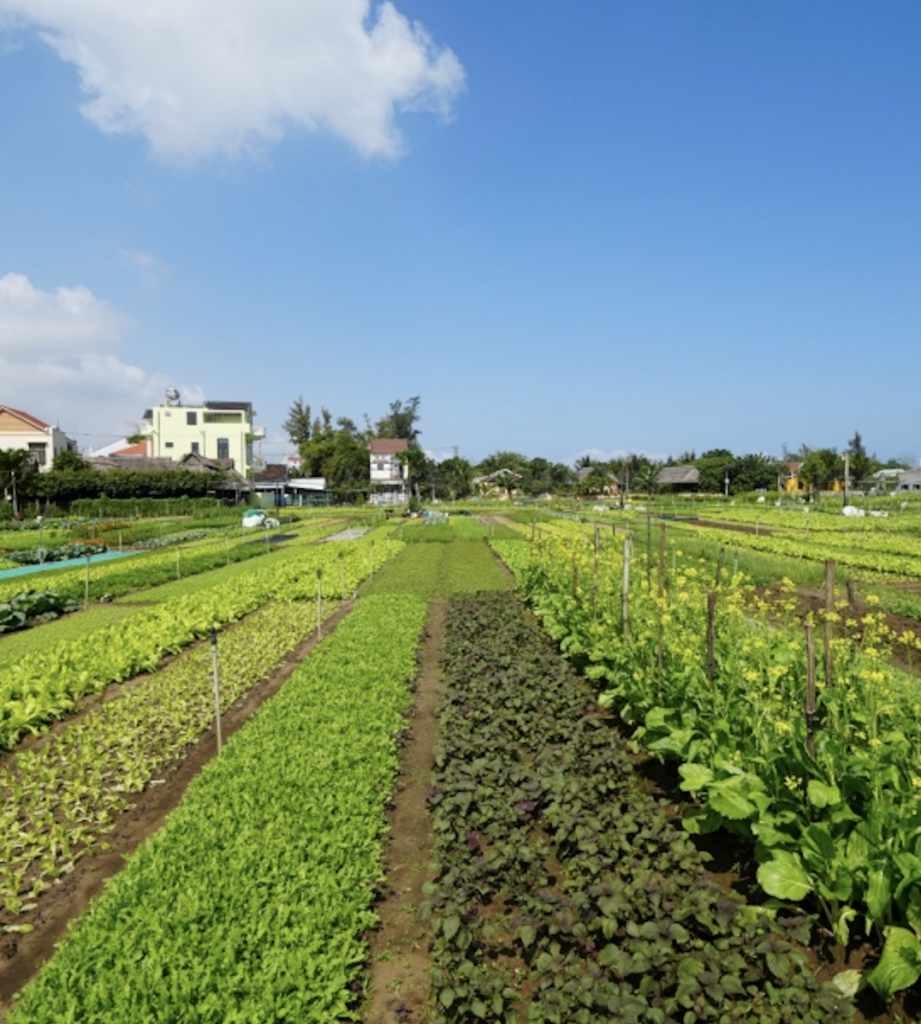In recent years, UN Tourism’s “Best Tourism Villages” initiative has become one of the world’s most respected recognitions for sustainable destinations. The award honors villages that successfully balance community-based tourism, heritage preservation, and environmental protection. Each selected village must prove that tourism benefits local livelihoods, safeguards traditional architecture, and promotes cultural diversity. Vietnam now proudly has five villages on this list, from the limestone mountains of Ha Giang to the peaceful fields of Hoi An. Together, they represent a new direction for eco-friendly travel in Vietnam, inviting travelers to explore authentic life beyond the city.
1. Lo Lo Chai Village – Ha Giang’s Hidden Gem

Located near the Lung Cu Flag Tower, Lo Lo Chai is a small ethnic Lo Lo community in Northern Vietnam, often visited by travelers on the Ha Giang Loop. The village began developing community-based tourism in the early 2010s, with families opening homestays that showcase earthen-wall architecture and handmade embroidery. Each house (calles “Trinh Tuong House”), built from rammed earth and roofed with yin-yang tiles, tells a 200-year-old story of survival in the highlands. Lo Lo ethnic people still wear colorful handwoven clothes and celebrate ancient festivals under the flagpole marking Vietnam’s northernmost point.
Only around 50 households host visitors, but the village can receive up to 200 tourists per day during peak season. Staying at a homestay in Ha Giang here means waking to fog, mountains, and the scent of woodfire, an experience no hotel can replace.
2. Quynh Son Village – The Stilt House Valley of Lang Son

Nestled in the Bac Son Valley, Quynh Son is a picture of harmony: more than 400 traditional Tày stilt houses, all facing the same direction to welcome sunlight and mountain wind. Community tourism started here in 2008, led by villagers who wanted to keep their homes instead of migrating to cities.
Today, guests can join families for “khẩu sli” rice cakes, folk songs, and Then dances. The village receives roughly 15,000 visitors a year. Quynh Son can host around 250 overnight guests across its homestays, each offering handmade textiles and local meals cooked on open woodfire stoves. It’s a rare example where community-based tourism has genuinely improved living standards while keeping the Tày language and architecture alive.
3. Thai Hai Village – Living Museum of Tay Culture (Thai Nguyen)

Located near Thai Nguyen City, Thai Hai is not just a village. It’s an eco-cultural reserve. About 30 wooden Tay stilt houses were relocated here to form an eco-village that feels like a time capsule of northern Vietnam. Since 2002, locals have developed a unique self-governed model of community-based tourism: no external investors, no concrete hotels, only villagers sharing culture through food, dance, and handicrafts.
Each house stands above ponds filled with lotus and fish, and visitors can join in weaving or pounding rice using traditional tools. The village hosts around 20,000 visitors annually, mostly Vietnamese families and small international groups from South Korea and Thailand. With an overnight capacity of 100 guests, Thai Hai has become a model for sustainable tourism recognized by UN Tourism in 2022, long before “eco-travel” became a trend.
4. Tan Hoa Village – Floating Dreams in Quang Binh

Deep in the karst mountains of Minh Hoa District, Tan Hoa once suffered frequent floods. Instead of leaving, locals turned disaster into design by creating the first floating houses in Vietnam. Since 2013, this eco-village has evolved into a community-led tourism hub connected with Oxalis Adventure, the same operator behind the world-famous Son Doong Cave.
Each rainy season, the village becomes a serene water world, with homes rising gently with the flood. Around 700 residents now earn from tourism, guiding kayak tours, hosting guests, or running small eateries. It’s a model for climate resilience, and a highlight for those traveling from Hoi An to Da Nang, then northward toward Phong Nha–Ke Bang National Park.
5. Tra Que Vegetable Village – Eco Village of Hoi An

Just 3 km from Hoi An Ancient Town, Tra Que Village is a green oasis where visitors learn organic farming and traditional cooking. Recognized by UN Tourism in 2024, Tra Que has practiced eco-agriculture for more than 400 years, supplying herbs and vegetables to Hoi An and Da Nang restaurants.
Community-based tourism began in 2003, when farmers invited travelers to join daily work like hoeing, planting, watering with bamboo buckets. Each eco homestay in Hoi An overlooks lush gardens, combining modern comfort with rural charm. The village welcomes over 30,000 tourists yearly, often through Hoi An eco green tours operated by local agencies. Capacity reaches around 500 visitors per day, spread across small family-run farms and workshops. For travelers seeking authenticity, Tra Que is where “slow travel” meets sustainable living.
A Shared Future for Community-Based Tourism in Vietnam
From Ha Giang to Hoi An, these five UN-recognized villages prove that tourism can be both sustainable and soulful. They’ve shown that keeping heritage alive is not about nostalgia, it’s about resilience. For travelers searching for something real, these community-based tourism villages offer more than just a place to stay; they offer a chance to belong.
Plan Your Journey with Purpose
Contact us to create your ideal itinerary. Let us help you craft a personalized itinerary with local guides, including eco-friendly homestays, organic farming experiences, and cultural exchanges.
Vietnam Responsible Tourism is a travel agency that associates with different Community-based Tourism groups with the aim to improve living conditions in remote mountain regions of Vietnam since 2017.



